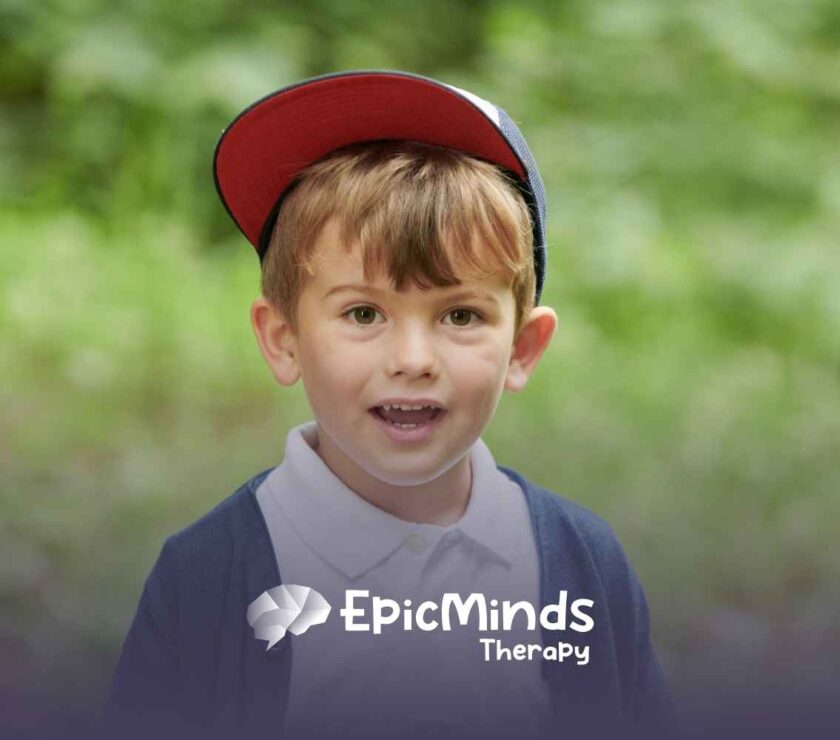When a child is diagnosed with autism, one of the first questions parents ask is, “Where do we start?” The most common first step is Applied Behavior Analysis (ABA). It’s often recommended because it focuses on building real-life skills and supporting positive behavior in everyday situations.
Why ABA Comes First
ABA isn’t a one-size-fits-all program. It’s tailored to the child, which is why many families begin here.
Therapists use positive reinforcement—basically rewarding helpful behaviors—to teach communication, independence, and social skills. Over time, this helps reduce stress, frustration, and challenging behaviors while boosting confidence and learning.
For many kids, ABA becomes the foundation for learning routines, interacting with others, and understanding the world around them.
What ABA Looks Like Day-to-Day
ABA can happen anywhere—at home, in school, or out in the community. It usually involves:
- Practice through play
Skills are taught in fun, everyday moments. - Clear, step-by-step learning
Tasks are broken into small steps so kids don’t feel overwhelmed. - Real-time rewards
Positive behaviors get encouragement right away, keeping kids motivated. - Family involvement
Parents learn ABA strategies too, so progress continues outside sessions.
The main goal? Helping each child build skills that make life easier and more enjoyable.
The Power of Starting Early
Beginning therapy early can make a big difference. Young brains are constantly learning and adapting, so the earlier skills are practiced, the more they stick. But here’s the good news—ABA can be helpful at any age. Progress doesn’t have an expiration date.
Not the Only Support—Just the Starting Point
ABA is typically the first stop, but not the only one. Many families also choose:
- Speech therapy for language and communication
- Occupational therapy for motor and daily living skills
- Social skills practice to help with friendships and group interactions
Think of it like building a team—each specialist supports a different piece of your child’s growth.
If you’re ready to explore ABA for your child, Epic Minds Therapy offers compassionate, personalized autism services in North Carolina. We focus on helping kids thrive where it matters most—at home, at school, and in everyday life.
Start with care that truly understands your child:
Let’s help your child grow with confidence—reach out today to get started.
FAQs
1. Why is ABA considered the first line of therapy for autism?
ABA therapy is widely recommended first because it focuses on building everyday skills, improving communication, and reducing challenging behaviors through positive reinforcement. It’s customizable and evidence-based, which makes it a strong starting point for many children.
2. At what age can a child start ABA therapy?
Children can begin ABA therapy as early as age two, and sometimes even younger depending on the provider. Early intervention often leads to stronger progress, but ABA can be helpful at any age.
3. Does ABA replace other therapies?
Not usually. ABA is often the foundation, but many children benefit from other therapies too—like speech therapy, occupational therapy, and social skills programs. Each one supports different parts of development, and combining them can provide more well-rounded support.
Sources:
- https://my.clevelandclinic.org/health/treatments/25197-applied-behavior-analysis
- https://pmc.ncbi.nlm.nih.gov/articles/PMC9458805/
- https://www.chop.edu/health-resources/applied-behavior-analysis-aba-children-autism
- https://www.cdc.gov/autism/treatment/index.html




